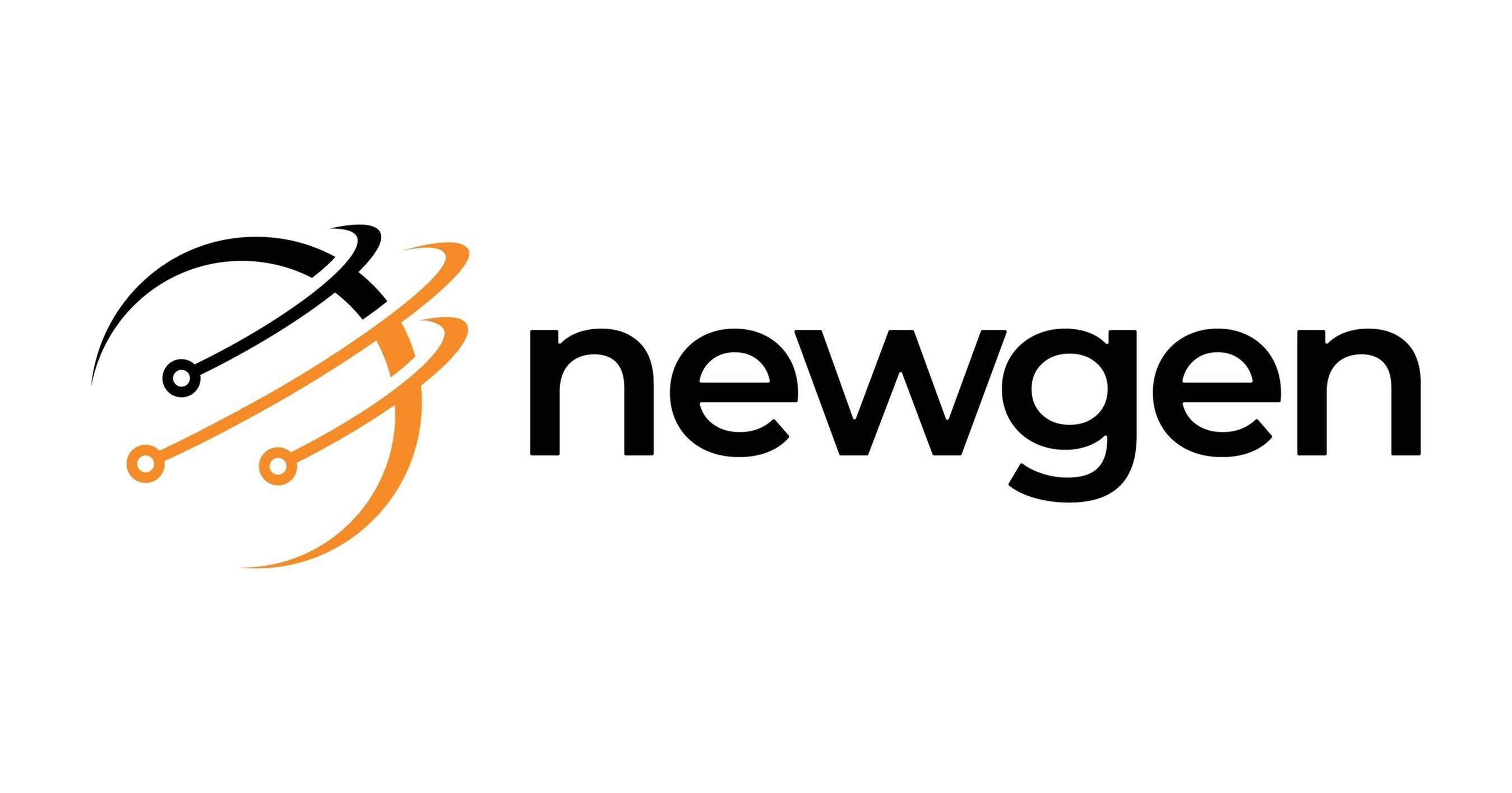GenAI and Low-Code: Transforming the Canadian Retail Lending Landscape
Article Summary: This blog explores the transformative impact of generative artificial intelligence (GenAI) and low-code technologies on the Canadian retail lending landscape. Amid a digital revolution, these innovations offer unprecedented capabilities to enhance the customer experience and streamline operations in the face of increasing consumer demands and a competitive market. Despite potential economic downturns, the Canadian consumer credit industry continues to grow, with technological advancements playing a pivotal role in shaping efficient, personalized lending processes. From the historical evolution of retail lending to the modern integration of GenAI and low-code platforms, the blog details how these technologies are redefining the sector. It highlights GenAI’s role in automating and personalizing customer interactions and low-code platforms’ contribution to rapid solution deployment, ultimately presenting a future where financial institutions can leverage these technologies for growth, efficiency, and improved service delivery.
Retail lending is undergoing a swift digital transformation with the integration of cutting-edge technologies like low-code and generative artificial intelligence (GenAI). While the industry has long been familiar with technological progress, the advent of GenAI and low-code platforms introduces distinctive capabilities in transforming the retail lending sector. As consumers demand personalized and seamless experiences, Canadian financial institutions leverage these digital innovations to enhance the lending experience for internal and external stakeholders.
The consumer credit industry in Canada remains resilient despite looming concerns of a recession in 2024. In Q3 of 2023, the number of active credit consumers in Canada hit an all-time high of 31.2 million. The average credit card balance increased from $3,913 in Q3 2022 to $4,265 in Q3 2023 (up 9% YoY).
To track the consumer credit market, TransUnion uses its Credit Industry Indicator (CII), where a higher figure represents an improvement in credit health. The CII focuses on four key areas: demand, supply, consumer behavior, and performance. In September 2023, Canadian CII was 107.7, up 2.1 points compared to the same period in 2022. Amidst this vibrant lending ecosystem, competition amongst lenders is fierce, with players including banks, credit unions, fintechs, and alternative finance companies. Lenders strive to deliver seamless ‘journeys’ as customer loyalty shifts quickly in favor of ease and speed of access to credit. Technology plays a crucial role in this regard.
Early Days
The historical backdrop of retail lending traces its roots to the early development of banking systems. However, it wasn’t until the 19th and early 20th centuries that retail lending took a more structured form. With significant milestones like the introduction of credit cards in the 1950s, retail lending products and services evolved, ranging from mortgages to auto and personal loans.
The lending process, however, was laden with extensive paperwork and manual verification processes and called for automation. As technology advanced and software enabled the lending business, ‘digital lending’ became the next frontier where lenders and software providers focused on three key ‘digital’ elements: experience, paperless, and automation. While the experience paradigm focused on delivering seamless journeys across channels and devices, the paperless part boosted application volumes while significantly reducing cycle times. Paperless environments also laid the foundation for the third and most crucial paradigm, automation. Automation continued to grow by leaps and bounds, with robotic process automation (RPA) reaching an inflection point where AI picks up the baton.
GenAI: The Driving Force
GenAI represents the next frontier in AI. Unlike its predecessors, GenAI is characterized by its ability to learn, adapt, and personalize the required output. It is a powerful ally in streamlining processes and enhancing customer experiences in the retail lending sector.
According to the McKinsey Global Institute, the implementation of GenAI technology in various industries could generate an annual value ranging from $2.6 trillion to $4.4 trillion across 63 different use cases. Banking, in particular, is predicted to be one of the sectors that will benefit significantly from this technology, with an annual potential of $200 billion to $340 billion, equivalent to 9% to 15% of operating profits, mainly due to increased productivity.
GenAI can transform lending operations by accurately classifying documents based on their content, keywords, and layouts. Documents like financial statements, tax returns, and deeds can be systematically organized without manual tagging. Additionally, if a user uploads the wrong document, GenAI will alert them, reducing the likelihood of errors and the need for rework.
The AI-powered assistant can rapidly analyze all the relevant data and documents and present the necessary information to the decision-makers. Users can communicate with GenAI for additional information and then make an informed decision. This process used to be manual, taking much time as users had to check all the data and documents themselves.
GenAI can also be used to craft personalized emails for various purposes, such as lending campaigns, customer outreach for pending information, or alerts for status updates. The AI model understands the tone, urgency, language, and context required for the email and automatically applies them, eliminating the need for users to spend additional time creating compelling communication.
Like all technologies, GenAI— a probabilistic model leaning more towards qualitative than quantitative results—is going through its infancy and will mature over time. The accuracy percentage is less predictable since it is based more on linguistic interactions than model success probability. Hallucination, a term used to describe a senseless or flawed output from the model, is a prominent side effect. Learning to use the best prompt is an art and science that influences the output and effectiveness of the model. However, the initial level of hallucination hiccups doesn’t plague the lending industry anymore.
We continue to see a use-case-based approach where lenders are focused on enabling a quicker return on investment (ROI), focusing on either revenue growth or cost take-out.
The Power of Low-Code Platforms
Low-code platforms have emerged as a powerful force behind the rapid deployment of innovative solutions in various industries, and the Canadian retail lending sector is no exception. These platforms enable the creation of applications with minimal manual coding, allowing financial institutions to adapt and respond swiftly to market demands.
In retail lending, low-code platforms facilitate the development of localized solutions tailored to the unique needs of the Canadian market. The modular nature of these platforms empowers institutions to design a front-end portal that resonates with the preferences and expectations of Canadian users, building a sense of familiarity and trust. The Gartner report said that low-code application platforms (LCAPs) are expected to surpass $12 billion in 2024, becoming the largest component of the low-code development technology market. For insights into some of the world’s best low-code platform providers, get your copy of the Gartner® Magic Quadrant™ for Enterprise Low-Code Application Platforms.
Synergy of GenAI and Low-code
GenAI and low-code have their own advantages. But, when low-code capabilities are embedded with GenAI, they can exponentially transform overall solution creation, enhancements, and go-to-market strategies. This potent combination opens up a world of endless capabilities that can position lenders for growth and leadership in their respective markets.
Solution Creation
GenAI and low-code can be employed to build modular front-end portals and back-office workflows automatically. This ensures a seamless and user-friendly experience for customers and members of financial institutions. Imagine a lending process where each step is intuitively guided by an intelligent system, reducing complexity and accelerating decision-making.
Dynamic Process Flows
Every loan application represents a unique borrower context. GenAI, combined with low-code, allows lenders to streamline processes by creating dynamic process flows to maximize efficiency and accelerate cycle time.
Customized Compliance and Business Reports
Another noteworthy advantage of GenAI and low-code platforms in retail lending is the ability to create localized compliance and business reports. Financial institutions operating in Canada must adhere to specific regulatory standards, and the ability to generate reports tailored to these requirements is crucial. With low-code platforms and GenAI capabilities, institutions can swiftly adapt their reporting systems to comply with Canadian regulations, ensuring transparency and accountability in their operations. This can be accomplished without having to rip and replace existing investments, thanks to innovative solutions in the marketplace.
Summing Up
As Canadian financial institutions embark on this transformative journey, they are poised to redefine the retail lending experience for all stakeholders. The integration of GenAI and low-code platforms represents a paradigm shift, empowering institutions to not only meet the demands of today but also to anticipate and adapt to the challenges of tomorrow.
Through this integration, retail lending institutions can pave the way for a future where innovation, efficiency, and customer-centricity converge to create a robust and resilient financial ecosystem. The possibilities are limitless, and the journey towards this future begins now.
About the Author
Sandeep is currently working as VP – Sales (Americas), Newgen Software Inc. He has led high-performance teams for 10+ years for fortune 500 companies like Oracle & Wipro. His focus lies in problem solving through technology solutions (including products & services) and has keen interest in Artificial Intelligence, lending trends and Digital Banking.
Join the conversation in-person and be apart of the ongoing innovation in lending:
On May 15th, 2024, discover how next-gen FIs are partnering with fintech to accelerate innovation. Join over 500 banks, credit unions and fintechs in our networking hall building partnerships. The expert panels will take a deep dive into Core Modernization, BaaS, Embedded, Sustainable Finance and much more. Register here.



